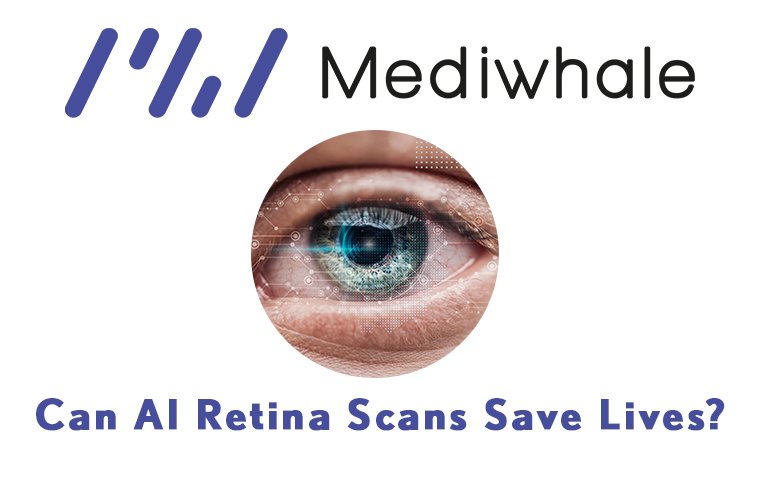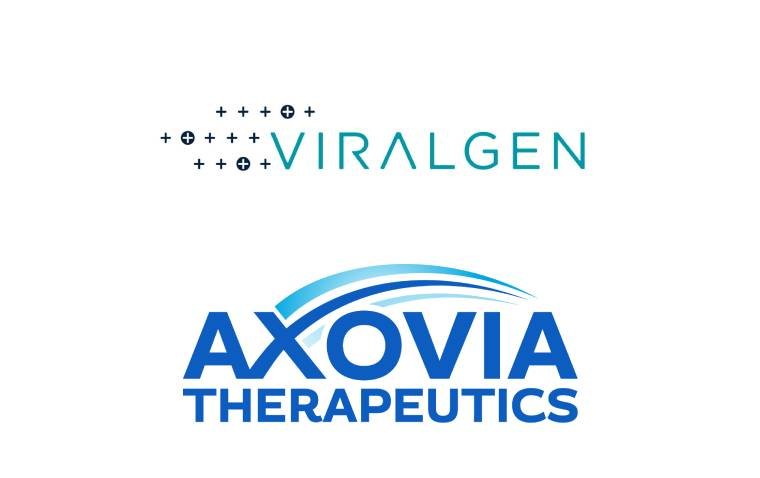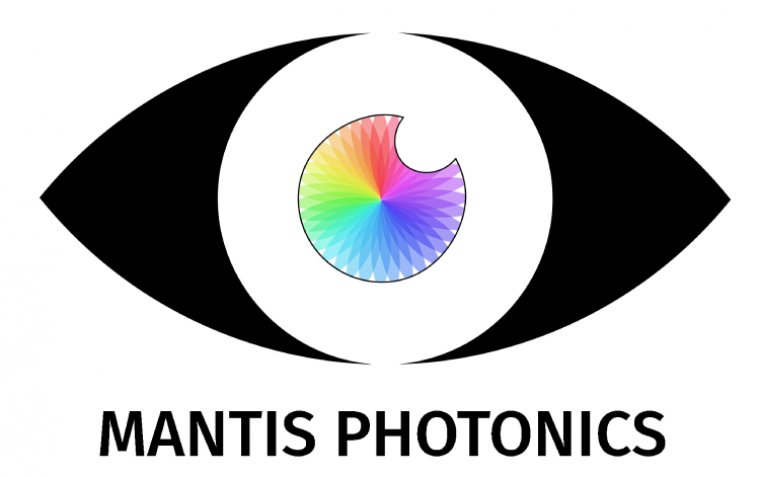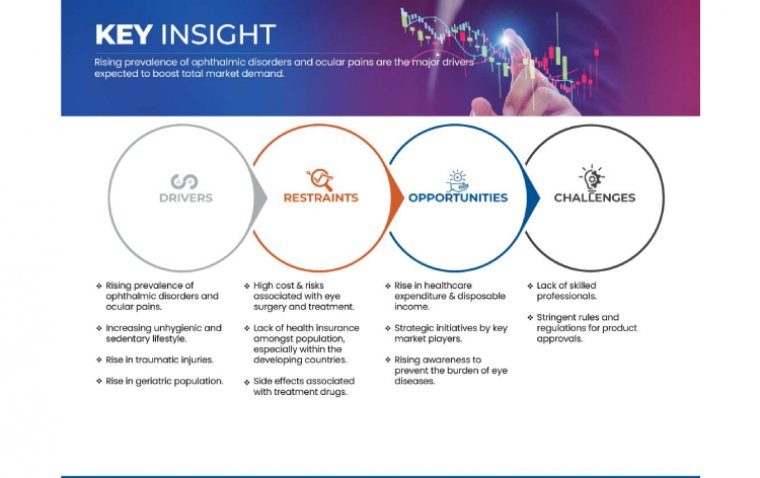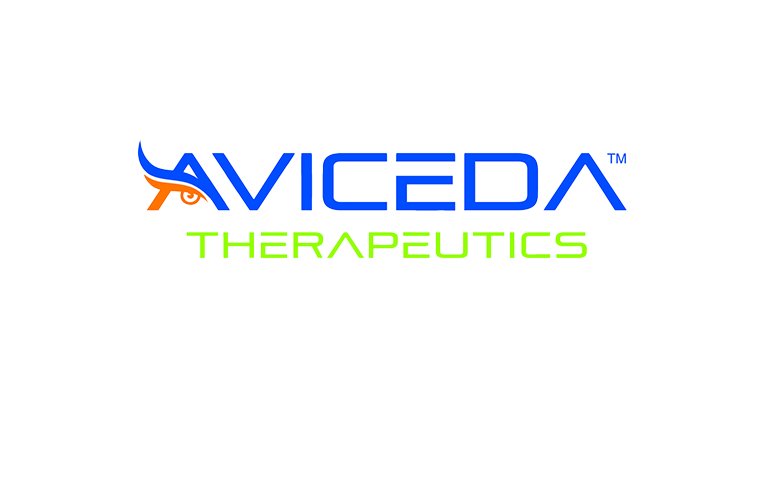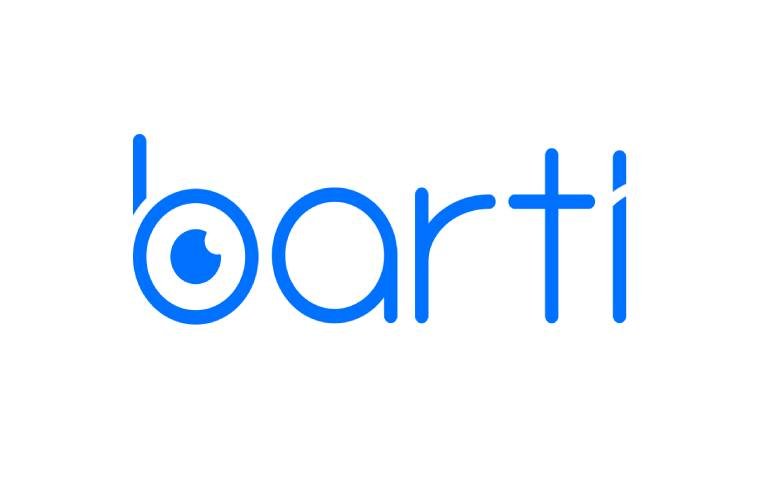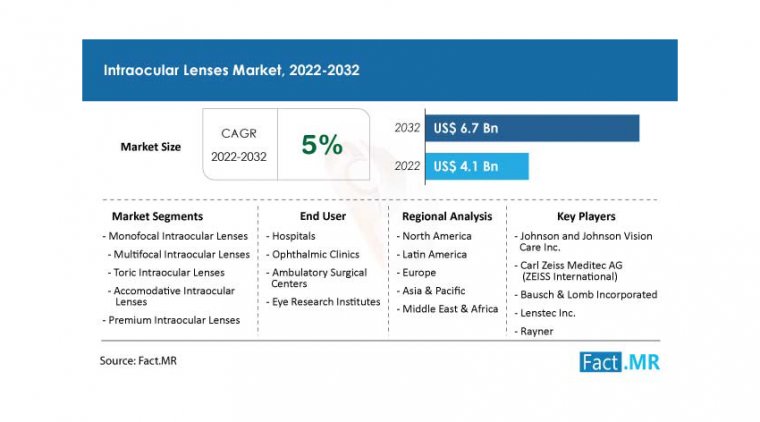
Global Intraocular Lens Market to Reach $6.7 Billion by 2032, FMR Report Shows
The global intraocular lens market is projected to grow from its current valuation of $4.1 billion to $6.7 billion by the end of 2032, according to a recent report by Fact Market Research (FMR). The market is expected to expand at a compound annual growth rate (CAGR) of 5% over the next five years.
Monofocal intraocular lenses (IOLs) are expected to remain highly recommended by ophthalmologists due to their relatively lower costs compared to premium IOLs. According to a recent market report, monofocal IOLs accounted for over 50% of the market share in 2021 and are expected to maintain a similar stance through 2032.
In the intraocular lens market, companies are expected to focus on acquisitions, mergers, collaborations, and partnerships to strengthen their global market presence. These strategies help companies expand their product portfolios, enhance their distribution networks, and increase their market share.
● In January 2022, Alcon, a leading eye care brand, made a significant move by announcing the completion of its acquisition of Ivantis, a company known for its innovative Hydrus® Microstent device. The device is designed to lower eye pressure for patients with open-angle glaucoma, and Alcon plans to bring it to international markets to gain a competitive advantage.
Meanwhile, key manufacturers of intraocular lenses are also focusing on getting approval for their new products from regulatory authorities. This is in a bid to commercialize them and drive sales potential, which will further strengthen their position in the market.
● In July 2022, Lenstec Inc., a renowned lens maker, unveiled that its innovative Lenstec SBL-3 IOL received FDA approval in the United States. This intraocular lens boasts a patented asymmetrical multifocal design that enhances contrast sensitivity while reducing glare and halos, common issues with traditional intraocular lenses. The Lenstec SBL-3 IOL represents a step forward in lens technology, offering improved vision outcomes for patients.
Factors to Boost Overall IOL Demand (2022-2032)
The intraocular lens (IOL) market is set to experience substantial growth in the coming decade, driven by a combination of factors. Firstly, the increasing number of cataract surgeries performed worldwide is a major factor contributing to market growth. The growing prevalence of diabetes, which can cause cataracts, is also expected to drive demand for IOLs.
The growing elderly population, which is more prone to developing cataracts, is another key factor contributing to the growth of the IOL market. Additionally, technological advancements and the development of novel intraocular lenses are also contributing to the growth of the market.
In recent years, there have been several advancements in IOL technology, including multifocal and accommodating IOLs, which provide improved vision outcomes for patients. These innovations are also expected to further drive demand for IOLs in the coming years.
Overall, the IOL market is expected to see significant growth in the next decade, driven by a combination of increasing cataract surgeries, the growing geriatric population, and technological advancements. As a result, the market is poised for a bright future, with continued growth and opportunities for market participants.
(1).jpg)

